Research groups
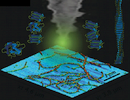
Biological Nanostructures and Nanomedicine
In the group research activities methods and tools of advanced nanotechnology are applied to investigations of biological structures at the nanoscale. The results are used for developing new methods of medical diagnostics, pharmacological drug testing, and also for better understanding of basic processes responsible for the progress and therapeutic treatment of several civilization diseases.
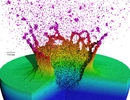
Computer Surface Science
The group uses computer simulations to study surface processes stimulated by impacts of energetic projectiles in 3- and 2-dimensional systems.
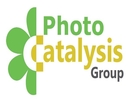
Nanocrystals for energy conversion
Solar irradiation provides a cheap and abundant source of energy which could cover the whole energy needs of mankind. However, it is highly intermittent, weather dependent and subject to daily and annual cycles. It needs to be stored for later use, preferably in a form that it can be extracted from with ease. The group explores the means to convert incident solar energy into fuel, such as methane, methanol, or hydrogen. It uses the energy to drive energetically up-hill reactions that take water and carbon dioxide and result in the energy-dense products
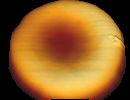
Nanomechanics of biological systems
The nanomechanical properties of cells and tissues are closely related to their physiological functions. In our research, we focus on the relationship between the nanomechanical properties of cells and tissues with their dysfunction occurring in the progression of civilization diseases like diabetes, cardiovascular diseases, and cancer.
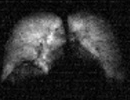
Optical Polarization of Noble Gases
The main research topic at the Laboratory of Optical Polarization of Noble Gases is the production of nuclear hyperpolarization (HP) in 3He and 129Xe for imaging of human lungs.
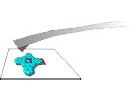
Oxide Surfaces
The group carries out investigations into the morphology of oxide surfaces. Especially, we focus onto the structure of thin layers of organic adsorbates analyzed in ultra-high vacuum environment.
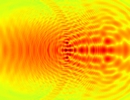
Physics on the attosecond and nanometric scale
Using the arsenal of theoretical physics and numerical methods, we study "what is fast and what is small". Attoseconds are the timescales characteristic of laser-induced phenomena in atoms/molecules. One nanometer is about ten times larger than the size of an atom - interesting phenomena such as the quantum size effect or plasmon resonance come to the fore in this scale. We also work on smaller systems - single atoms or molecules.
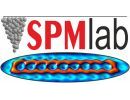
Scanning Probe Microscopy
In our lab we fabricate new, sometimes elusive atomic and molecular nanostructures. Their structural and electronic properties are investigated by means of scanning probe microscopy and related techniques down to atomic precision.

SAMlab - Laboratory for analysis of structure, properties and application of self-assembled monolayers (SAM)
The group investigates the possibility to tailor surface properties via the structure of the SAM-forming molecules, and methods to pattern the monolayers.